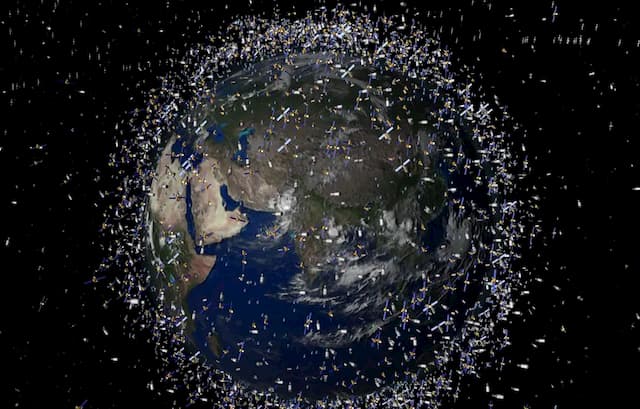ORBIT: The satellite should be far from its orbit, in order to protect the other satellites
Its battery threatens to explode a few thousand kilometres from Earth, endangering the surrounding devices. An anomaly on a satellite in geostationary orbit led the television operator DirecTV to make a request for the removal of its device to the American authorities.
The satellite, Spaceway 1, was launched in April 2005 and weighs around 3,700 kilograms at end of life, according to an old sheet from Boeing, the manufacturer. With its solar panels deployed, it is 41 meters long and 7 meters wide. DirecTV informed the Federal Communications Commission (FCC) in January 19th, in a letter, that a “major anomaly” had caused “significant and irreversible thermal damage” to the batteries of Spaceway 1.
A danger for telecom satellites
“There is a significant risk of these batteries exploding,” writes DirecTV. From February 25, the satellite will be in the shadow of the Earth and the damaged batteries will inevitably try to recharge, which could cause the explosion. The operator, therefore, wants to evacuate his satellite as quickly as possible towards the cemetery orbit, 300 km further than the geostationary orbit where there are hundreds of precious telecommunications satellites.
To reduce the risk of an accidental explosion, DirecTV will empty part of the 73 kg of fuel (bipropellant) still on board into space, but the operator warned that there was no time to empty everything. He requested an emergency exemption because regulations normally require fuel to be completely drained from a satellite before it is deorbited. The explosion of such a large satellite could create thousands of debris and damage other satellites.



